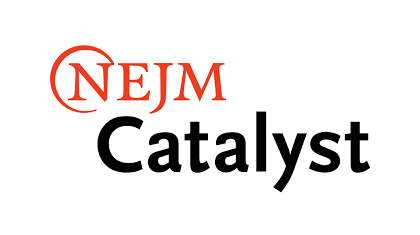
by Sigall Bell, MD, Tom Delbanco, MD, & Jan Walker, RN, MBA
The OpenNotes initiative began in 2010 as a year-long demonstration project, with 105 primary care physicians at three diverse U.S. health care centers inviting 20,000 patients to read visit notes online through patient portals. Findings from the study suggest that shared notes may improve communication, safety, and patient-doctor relationships, and may help patients become more actively involved with their health and health care. At the study’s conclusion, 99% of patients surveyed said they would like to continue using OpenNotes, and not a single doctor turned off their patients’ access to notes — a highly promising outcome for an intervention designed to increase patient engagement.
Today, more than 11 million patients in the United States have easy access to their notes through what has become a standard-of-care “movement.” Relatively simple and scalable, OpenNotes is sending a powerful message about how organizational transparency and inclusivity can empower patients and doctors and potentially improve the delivery of care.
Rarely does a fundamental paradigm shift in practice occur without challenges and surprises, and so we share here key lessons learned in six years of OpenNotes and look ahead to how it may continue to change the health care landscape.
1. The Power of the Written Word
Every day, clinicians and patients have important conversations about health issues, but patients often forget what was said in the charged atmosphere of the office encounter. Among the patients in the OpenNotes trial who reviewed their notes, roughly 75% reported better recall of care plans, better self-care, a clearer understanding of their conditions, and feeling more in control of their health care. Additionally, about two-thirds of patients taking medications reported improved adherence to their regimens.
This article originally appeared in NEJM Catalyst on October 27, 2016.
Read the full article here.



